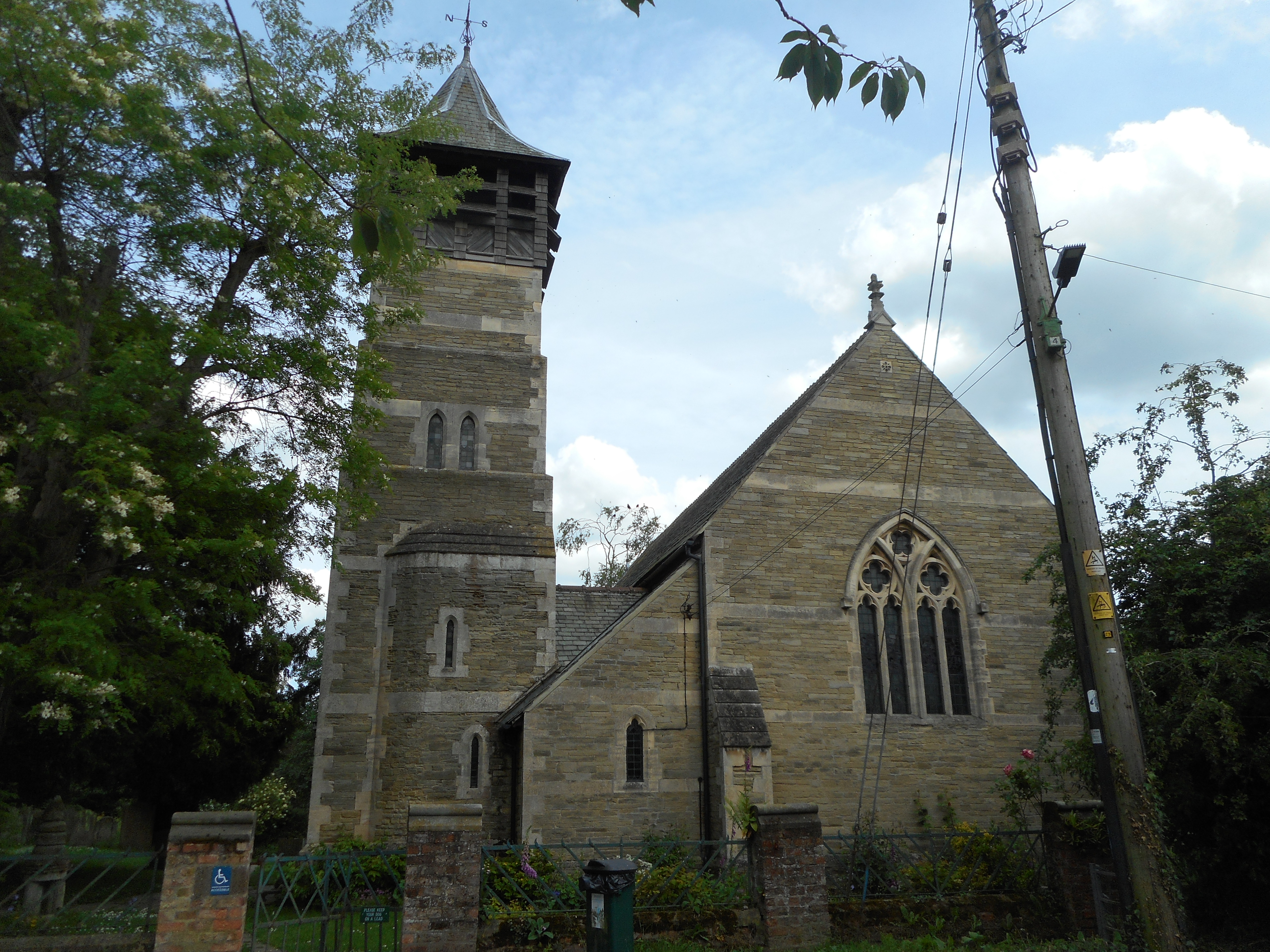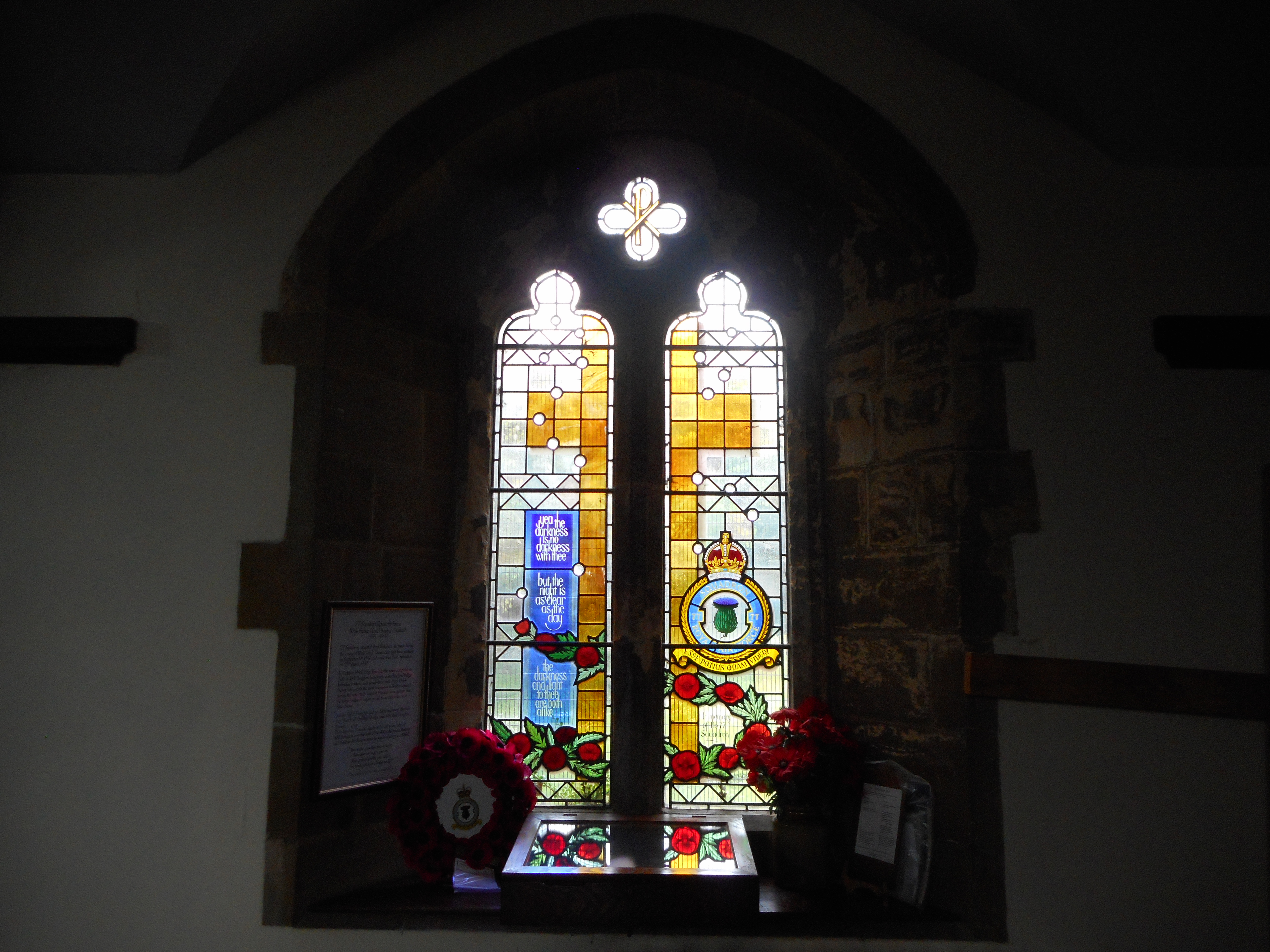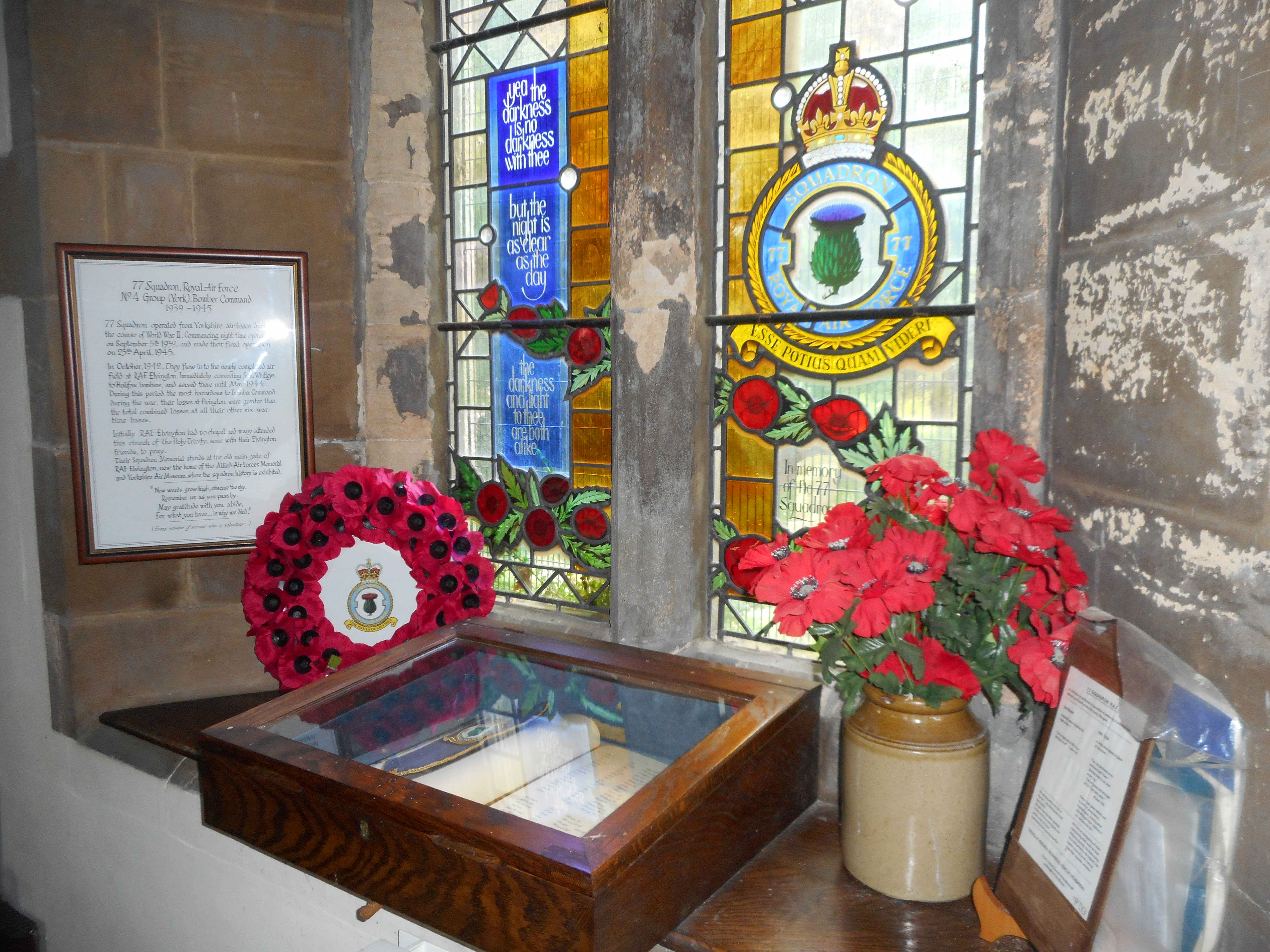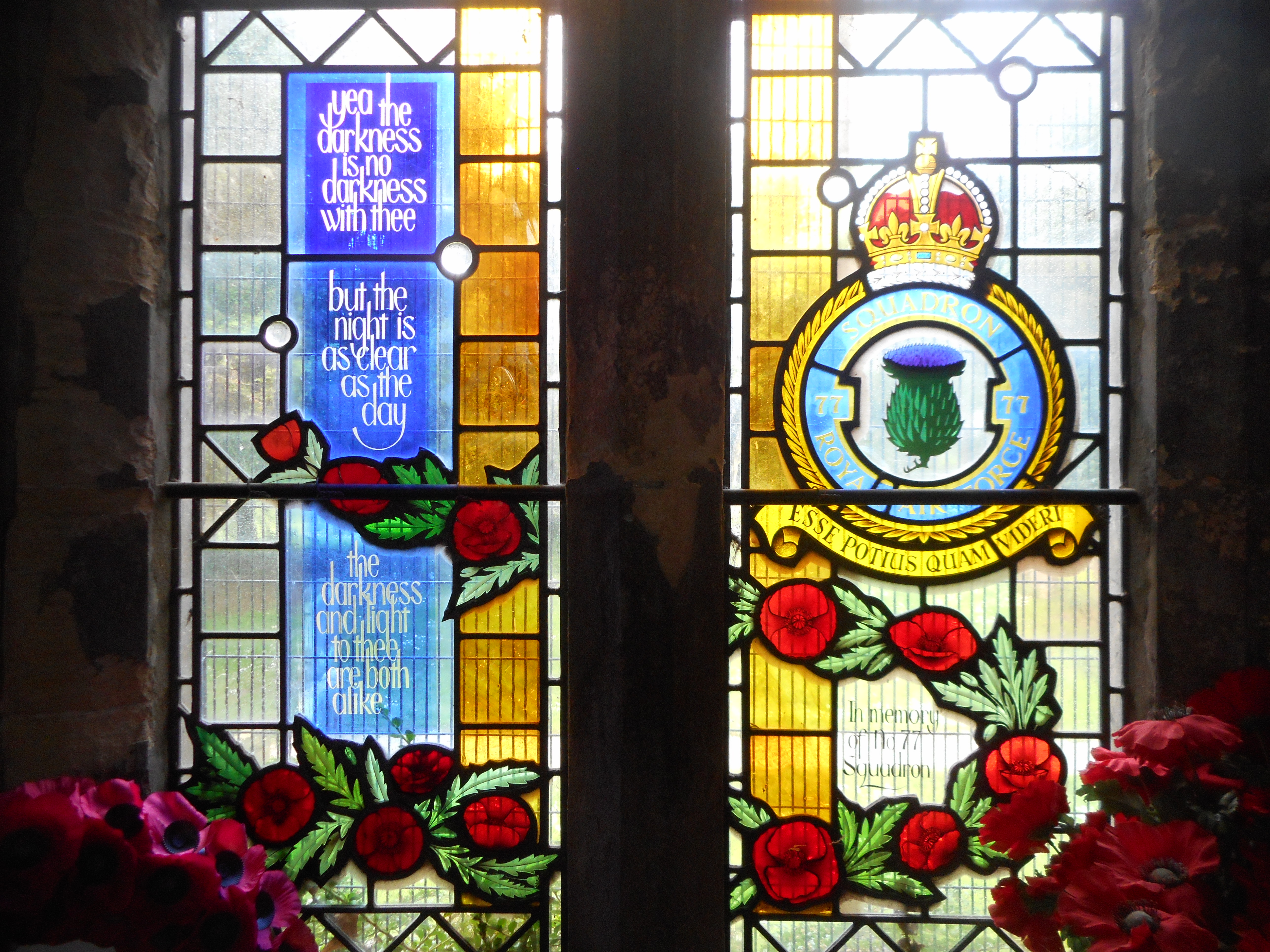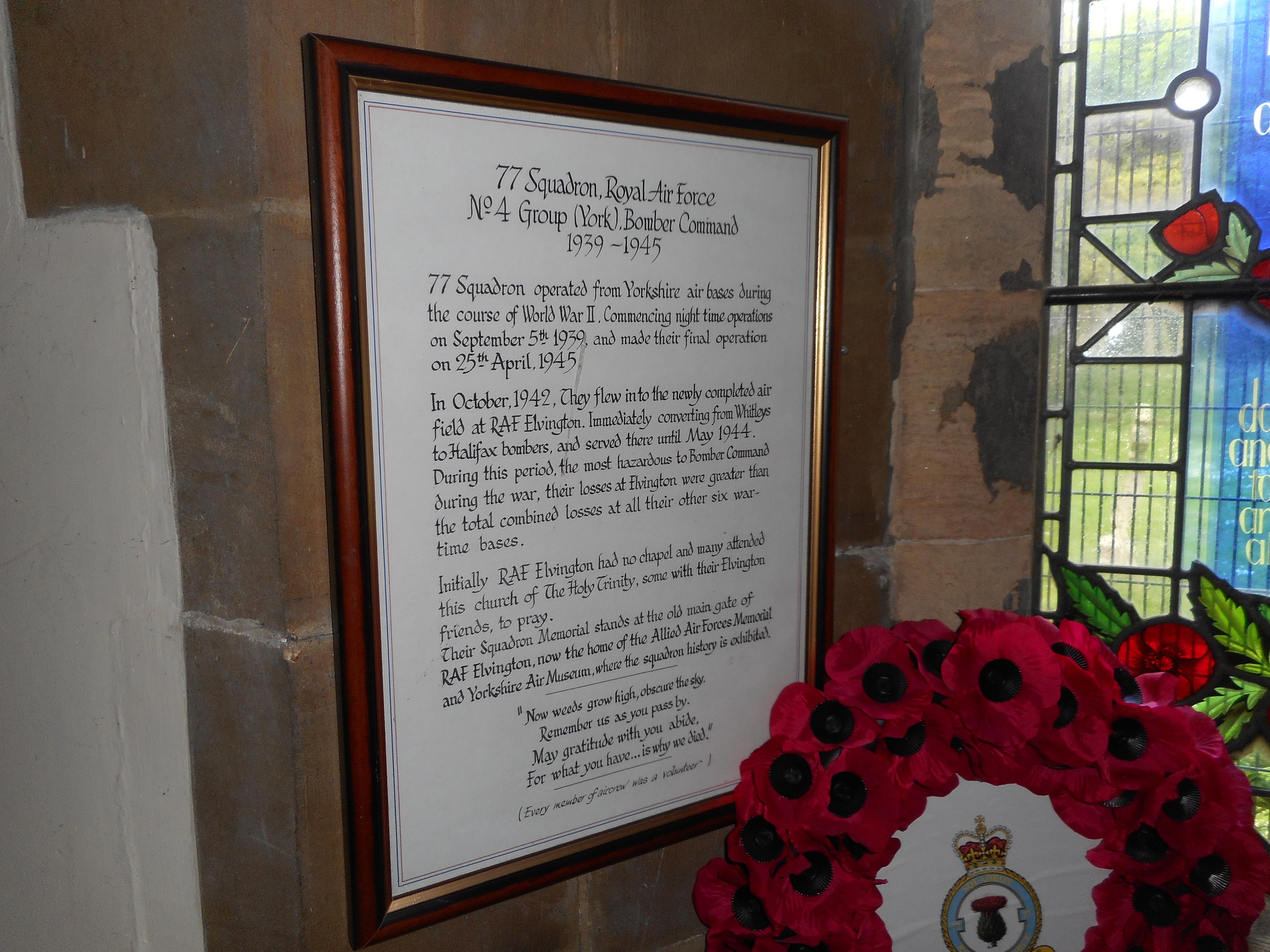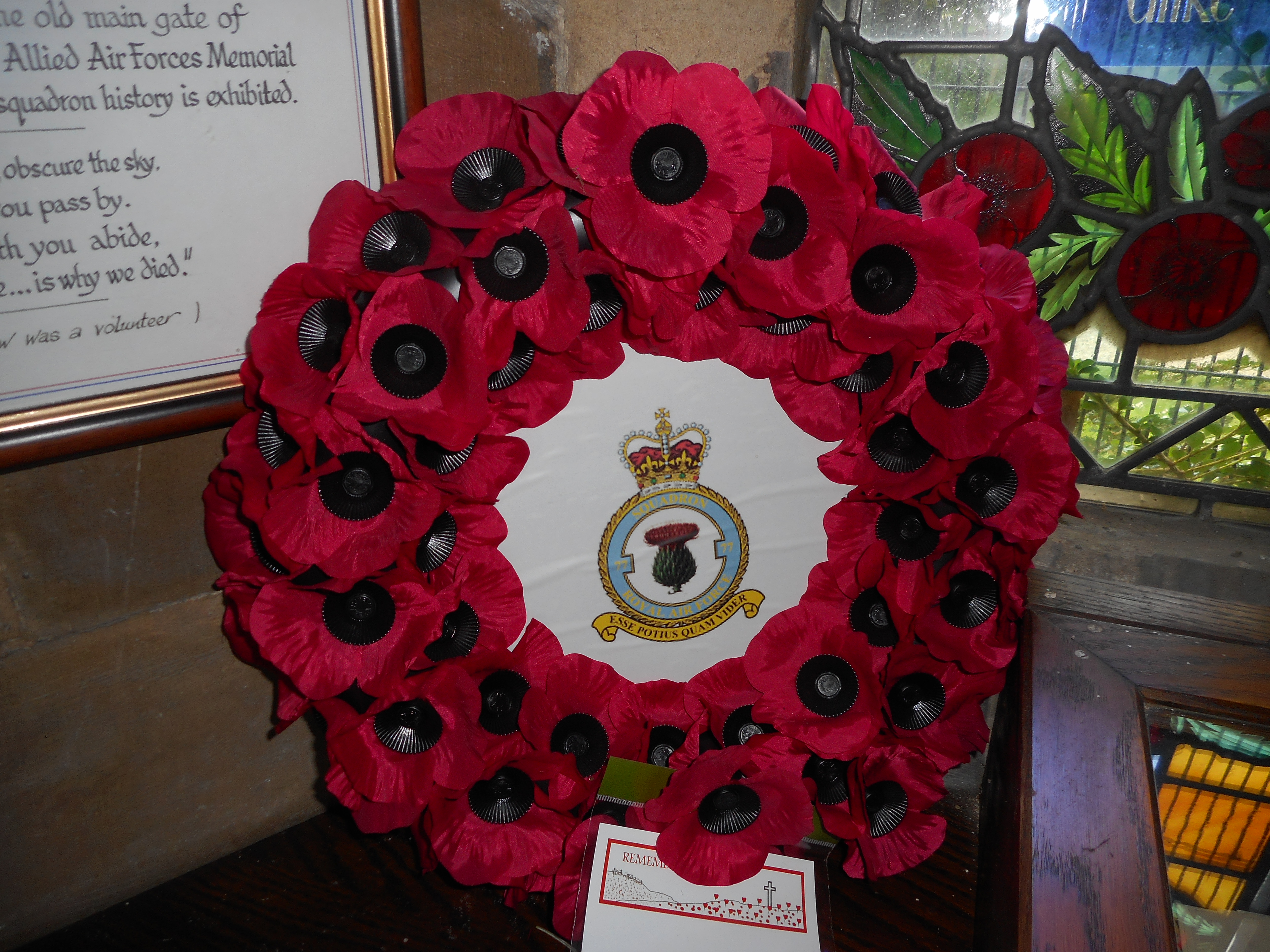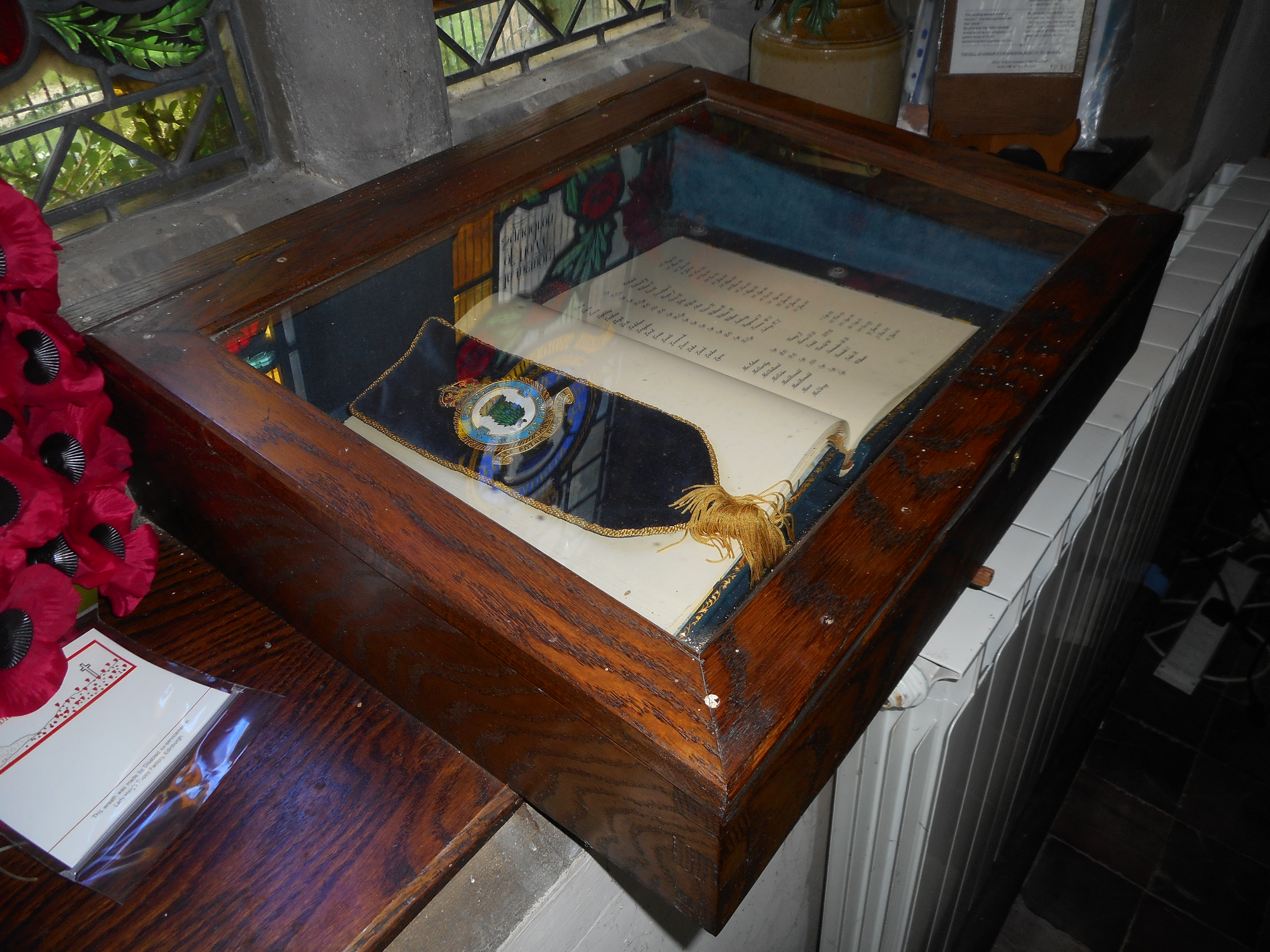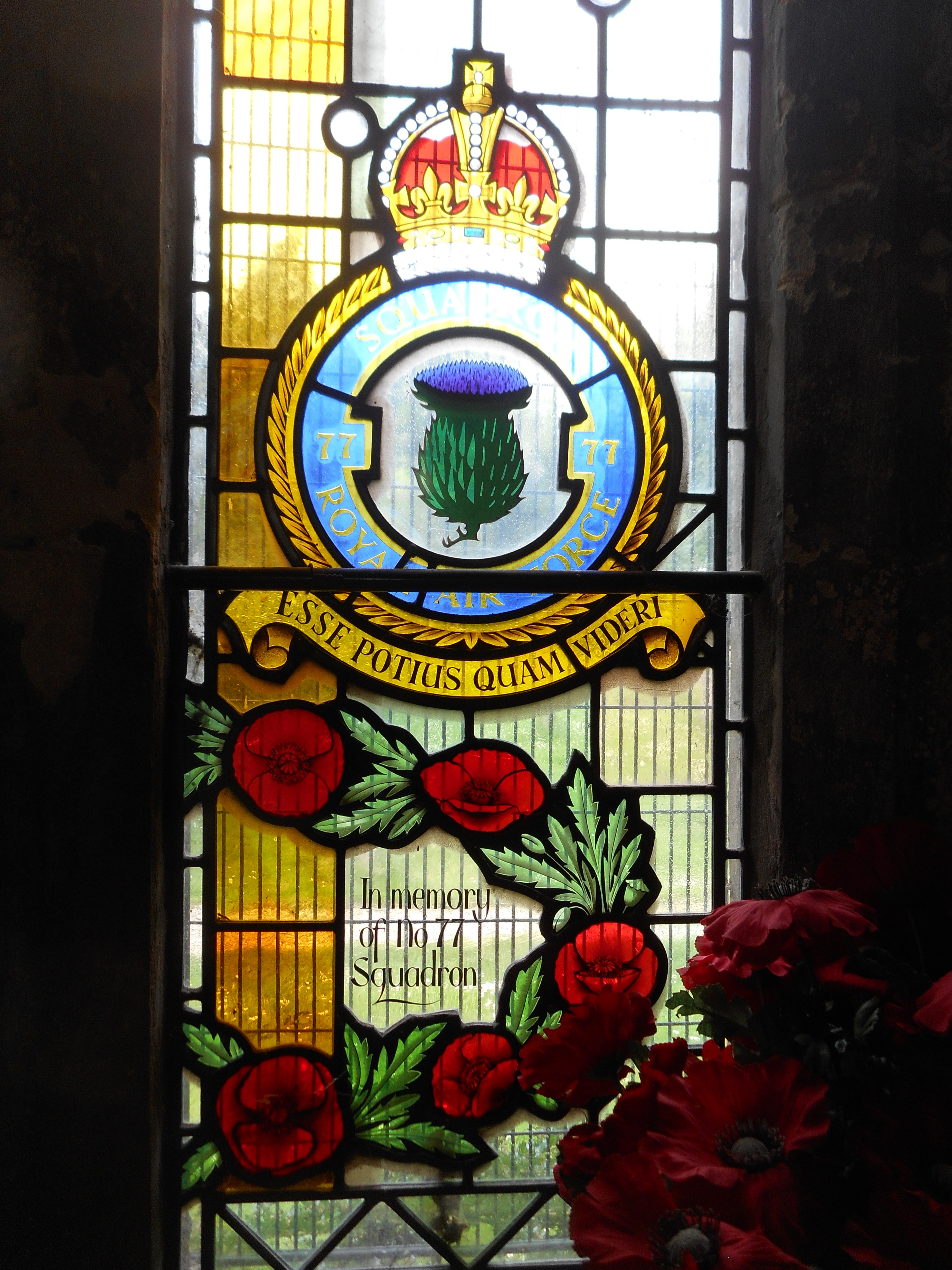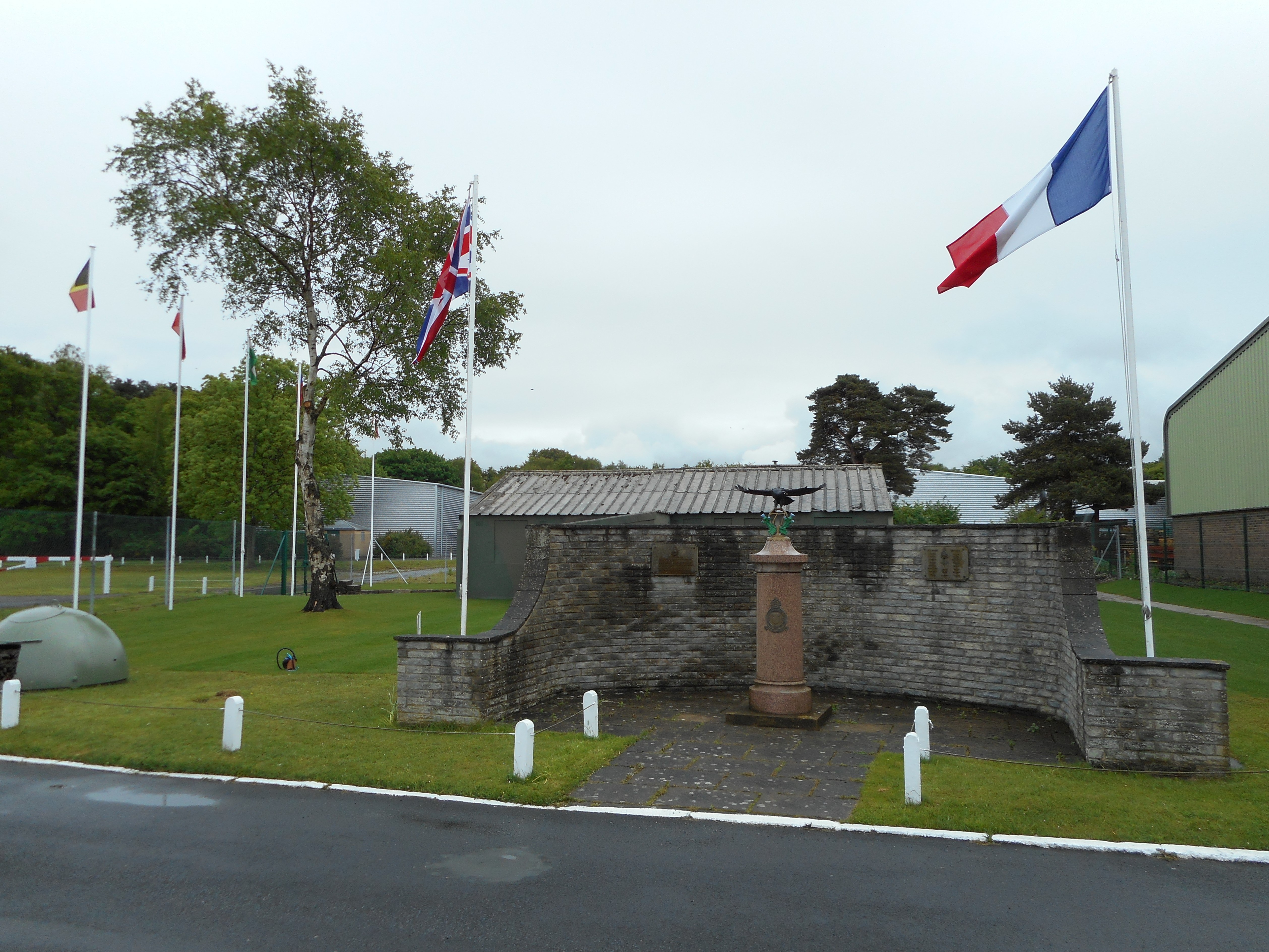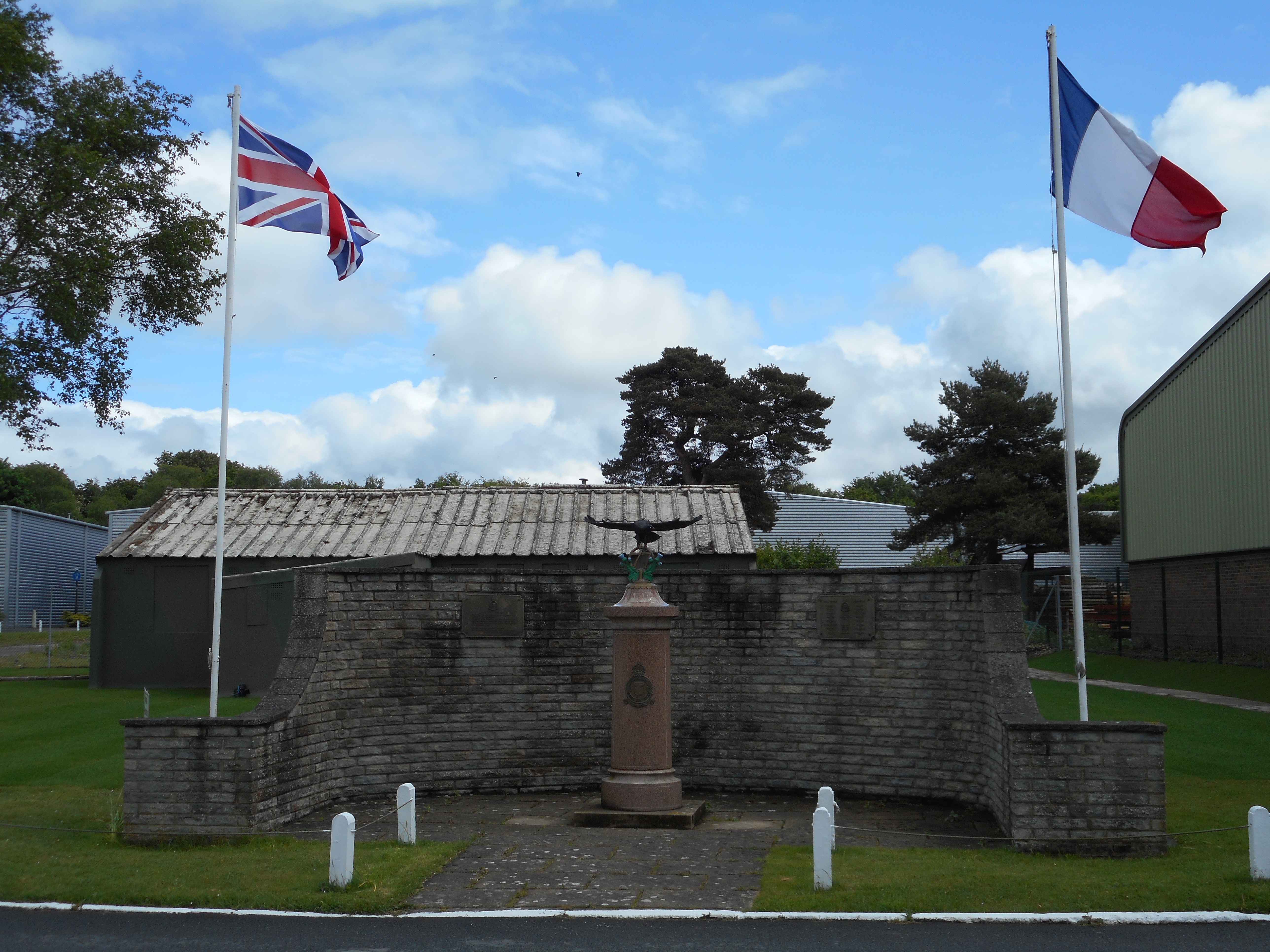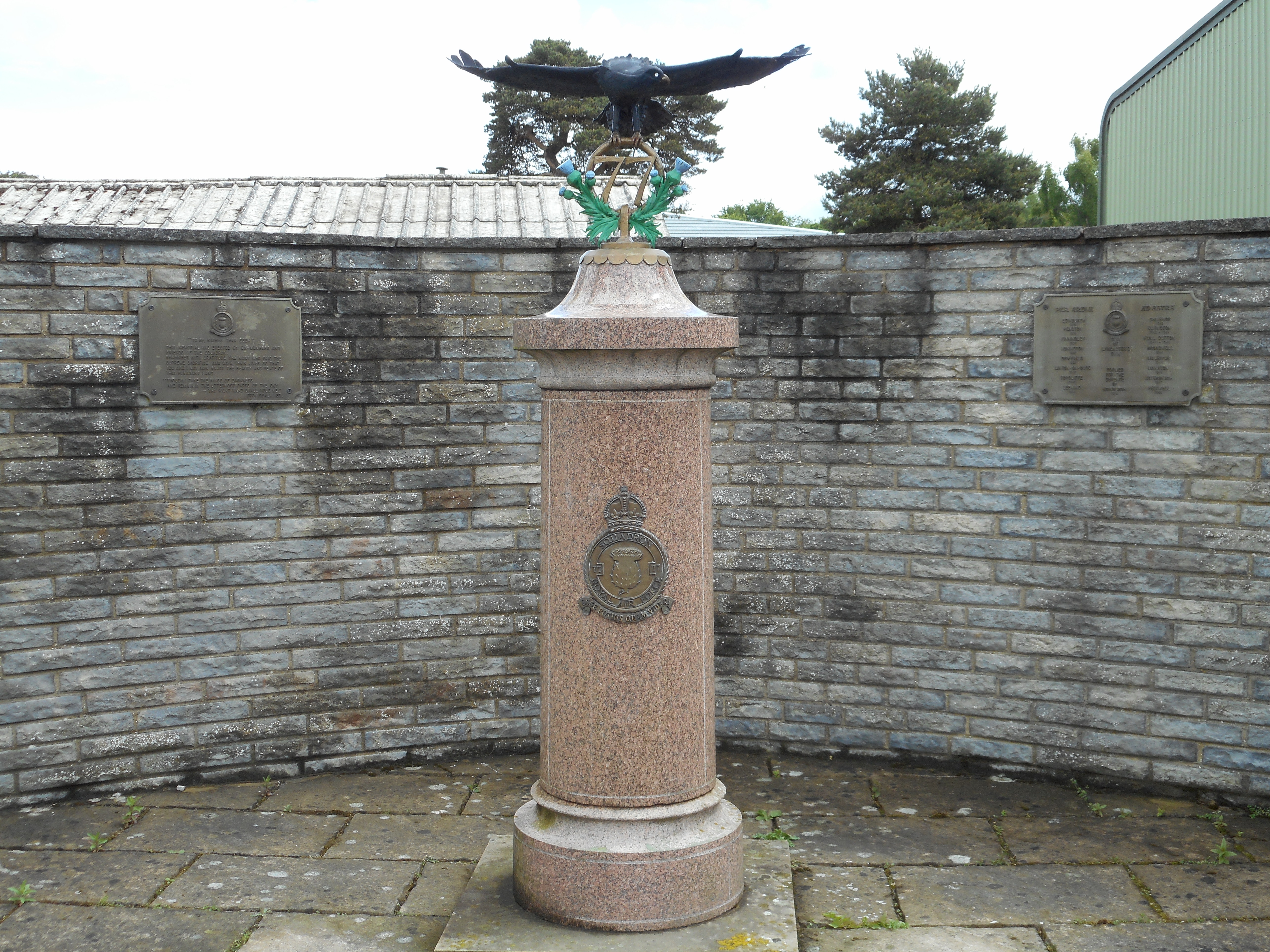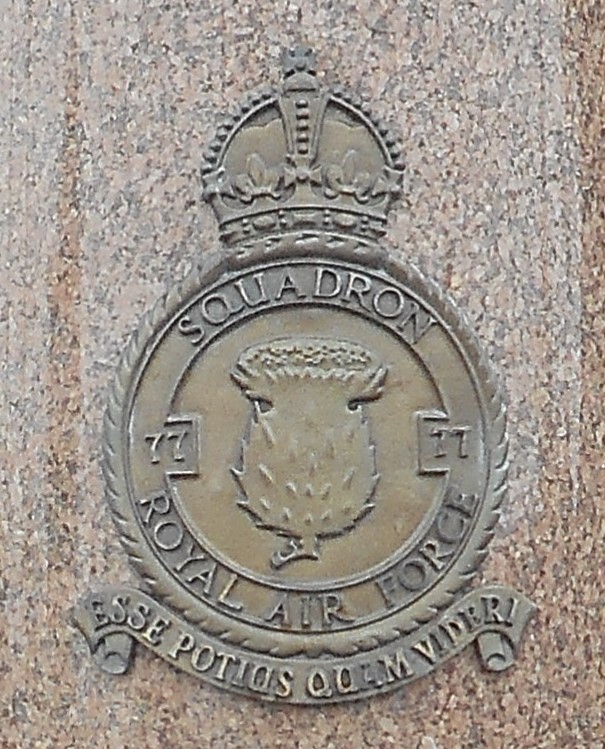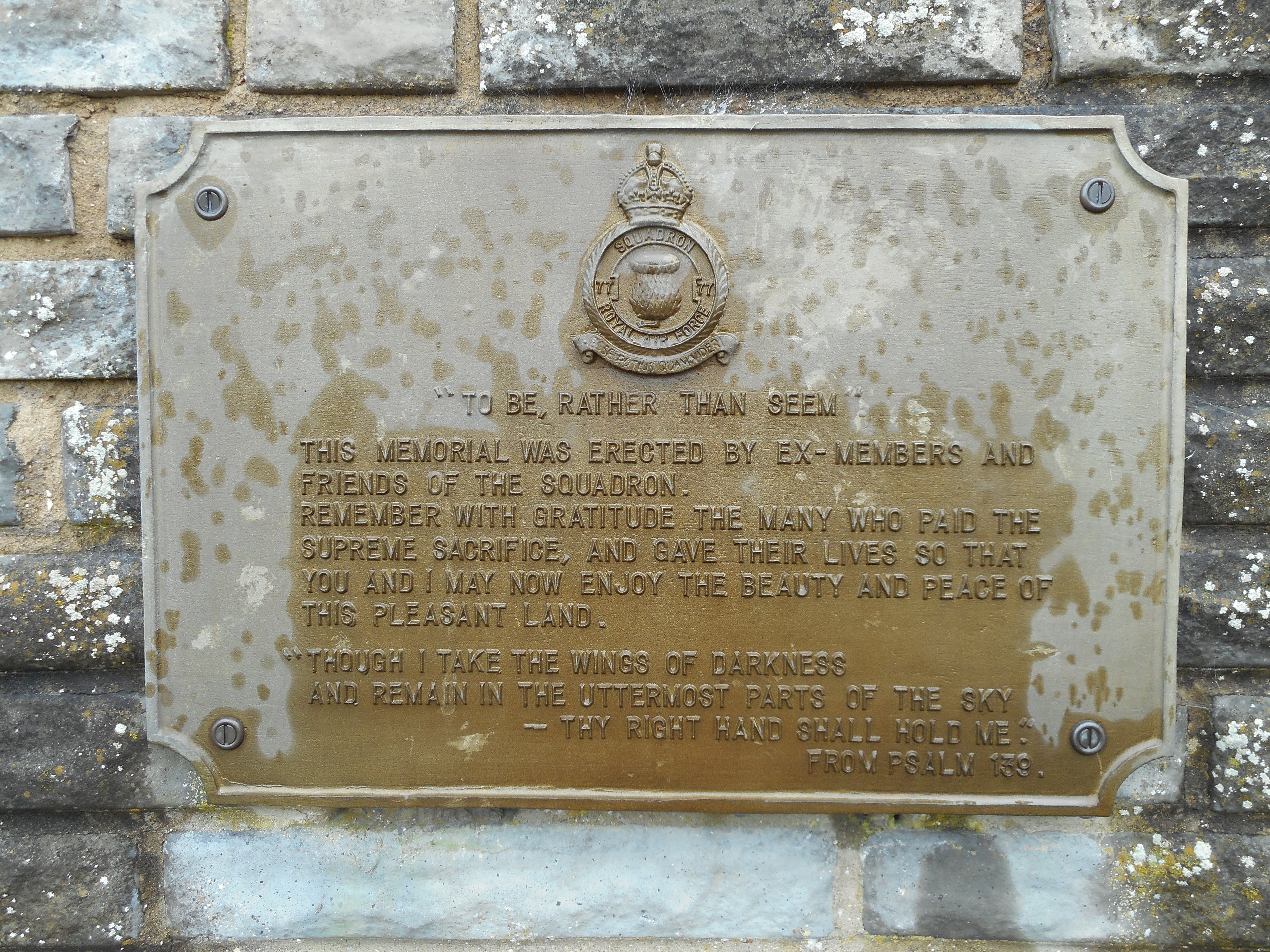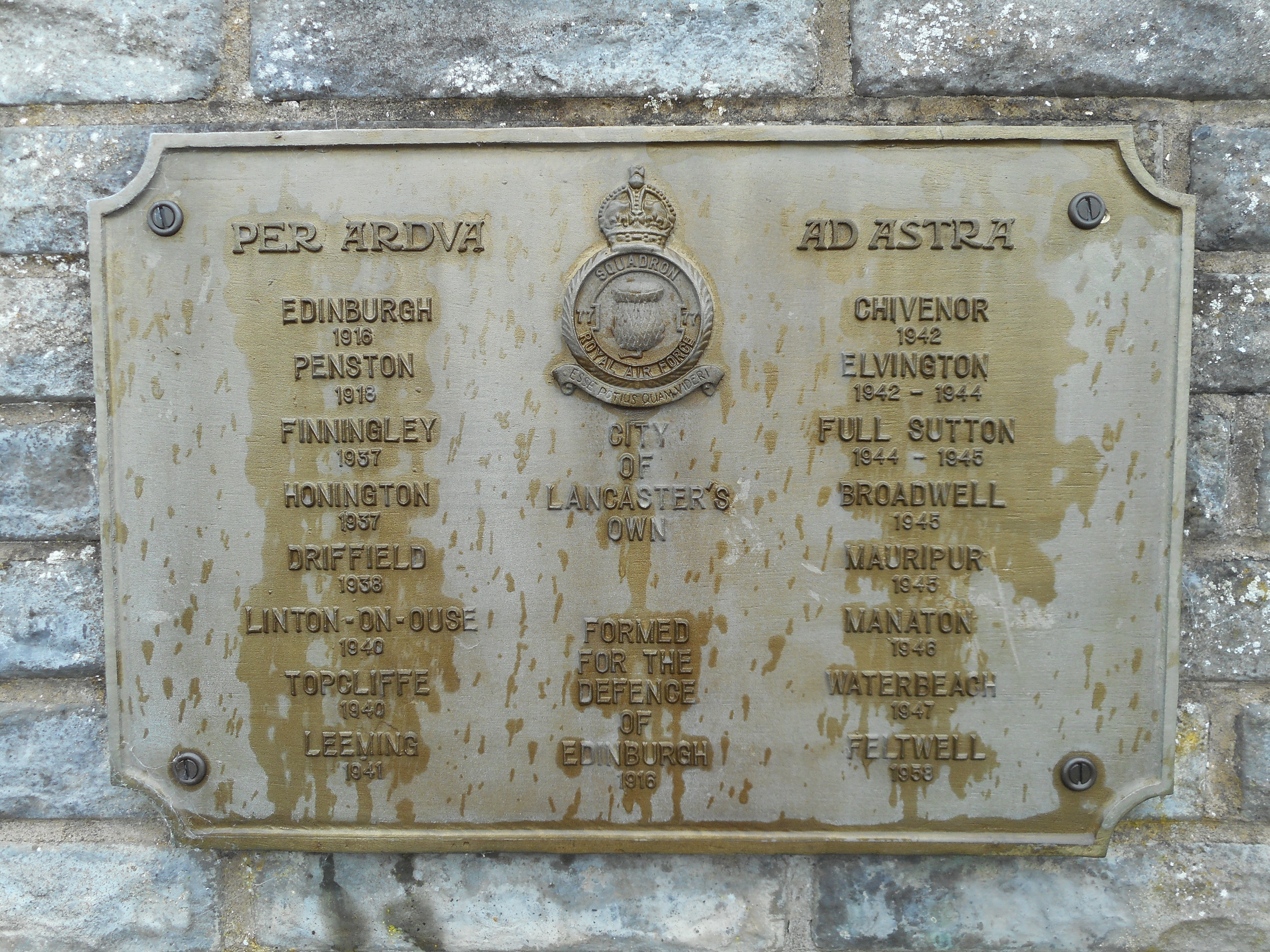Barlow, Raymond William
Personal Information
| Rank | F/S |
| Forename(s) | Raymond William |
| Surname | Barlow |
| Gender | M |
| Age | 22 |
| Date of Death | 01-09-1943 |
| Next of Kin | Son of William Henry and Hilda Barlow, of Romford, Essex. |
Aircraft Information
| Aircraft | Handley Page Halifax II |
| Serial Number | JD413 |
| Markings | KN-G |
Memorial Information
| Burial/Memorial Country | Germany |
| Burial/Memorial Place | Reichswald Forest War Cemetery |
| Grave Reference | 18. A. 15. |
| Epitaph | HE DIED THAT WE MIGHT LIVE |
IBCC Memorial Information
| Phase | 2 |
| Panel Number | 127 |
Enlistment Information
| Service Number | 1321808 |
| Service | Royal Air Force Volunteer Reserve |
| Group | 4 |
| Squadron | 77 |
| Squadron Motto | Esse potius quam videri (To be, rather than to seem) |
| Trade | Pilot |
| Country of Origin | United Kingdom |
Other Memorials
| Location | Holy Trinity Church, Elvington, North Yorkshire |
| Country | United Kingdom |
| Memorial Type | Stained Glass Window & Roll of Honour |
| Memorial Text | Memorial windows and Roll of Honour for 77 Sqn. R.A.F. |
| Location | Yorkshire Air Museum, Elvington North Yorkshire |
| Country | United Kingdom |
| Memorial Type | Marble Column with Metal Sculpture and Plaques |
| Memorial Text | Memorial to 77 Sqn. R.A.F. City of Lancaster's own |
Commonwealth War Graves Commission
The National Archives
| Record of Events (Operational Record Book) AIR 27/656/35 |
| Summary of Events (Operational Record Book) AIR 27/656/34 |
Fellow Servicemen
Please note that this list gives all the losses aboard the quoted aircraft and occasionally these may have occurred on an earlier date when the aircraft was not itself lost. Please check the dates of death carefully.
Last Operation Information
| Start Date | 31-08-1943 |
| End Date | 01-09-1943 |
| Takeoff Station | Elvington |
| Day/Night Raid | Night (1% moon) |
| Operation | Berlin. 622 aircraft, 47 losses (7.6%). Stirling losses were some 16.0% Fighter flares were used by the German night-fighters for the first time to mark the path of the main force both into and out of the target area. This raid was not a success. Cloud, combined with the now familiar problems with the H2S equipment and the effective defences of the city conspired to make the PFF marking very difficult. Creepback was an additional problem and it is said that the fires stretched back some 30 miles! Only 85 homes were destroyed. There were 68 deaths. Goebbels ordered that all children and any adults not engaged in war work be evacuated to the country. |
| Reason for Loss | Suffered an engine failure on the outbound leg but the crew decided to press on since they had turned back for the same reason in the past. Successfully dropped its bomb load but then veered south of the intended route back to England- in part due to the lack of power. As a result, the aircraft strayed into the heavily defended Ruhr area and was hit by flak. Crashed at Datteln, Germany. |
